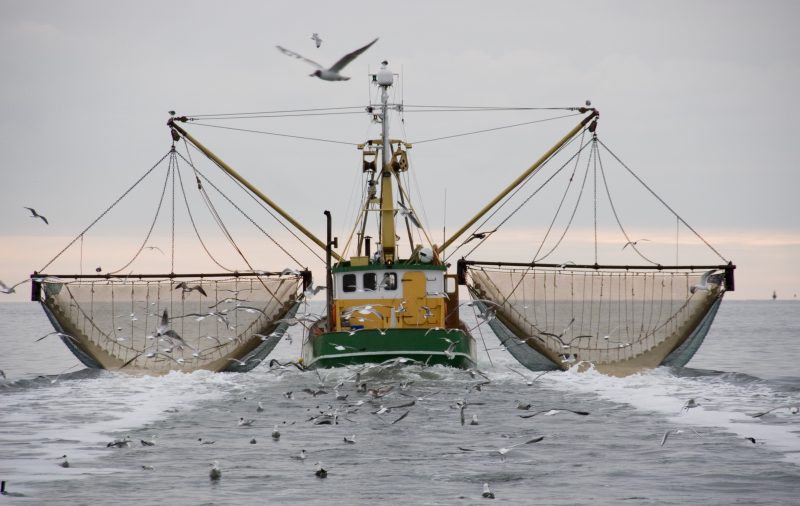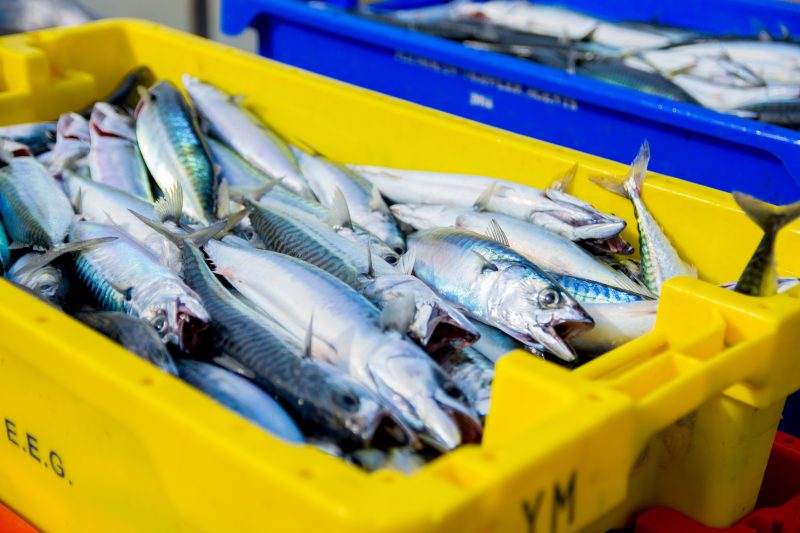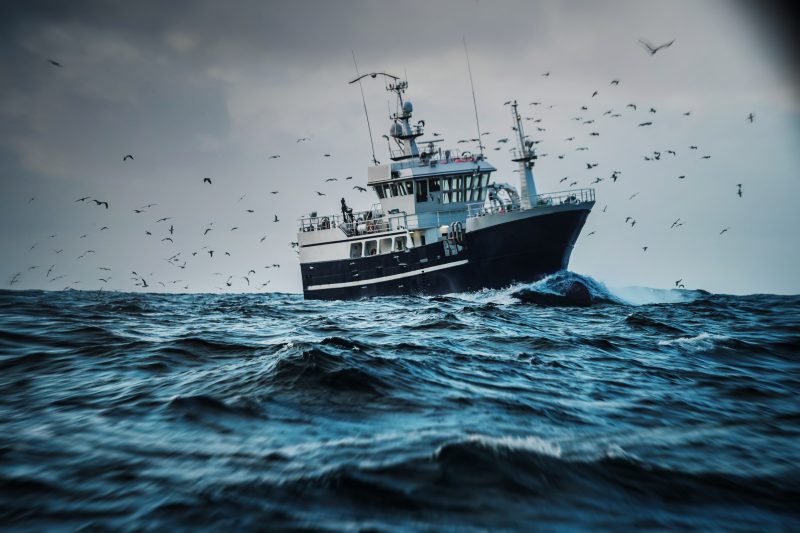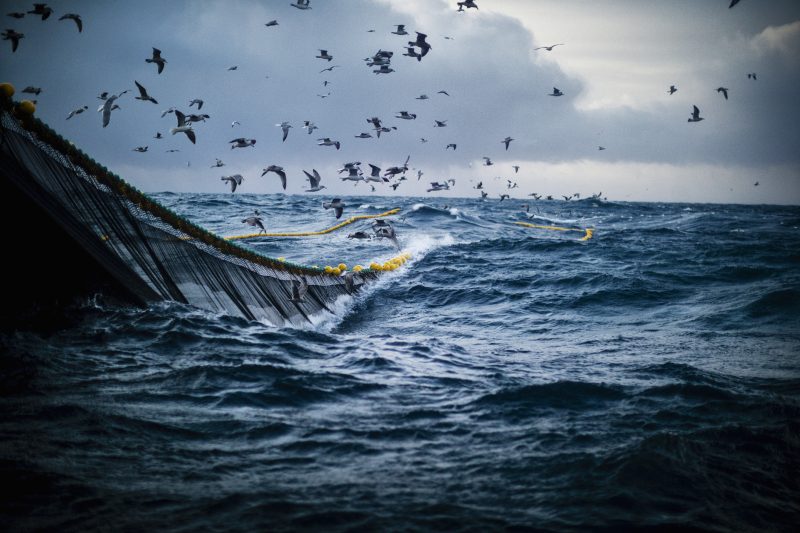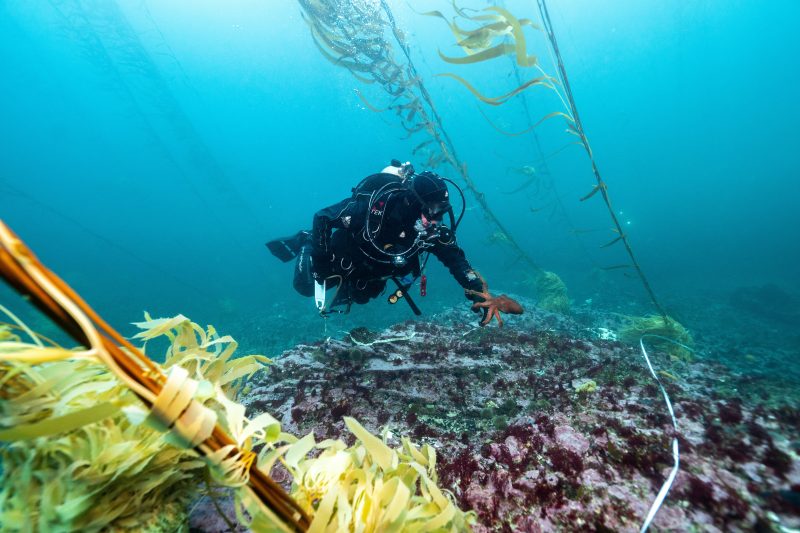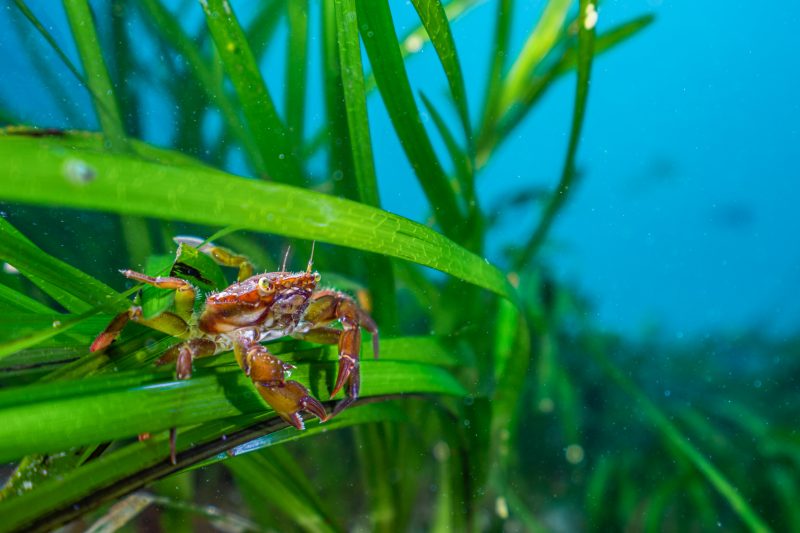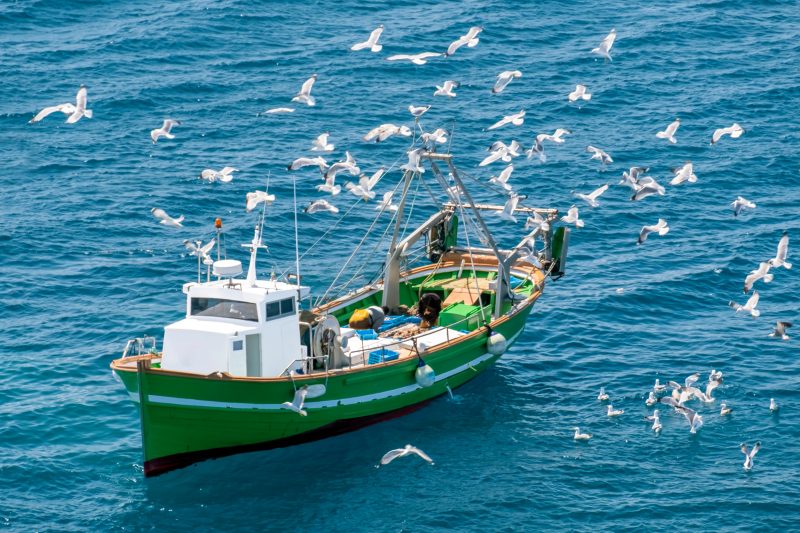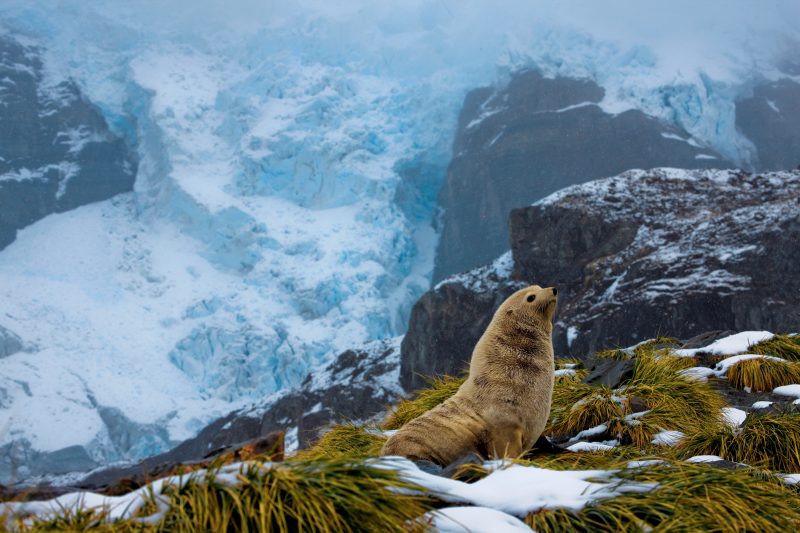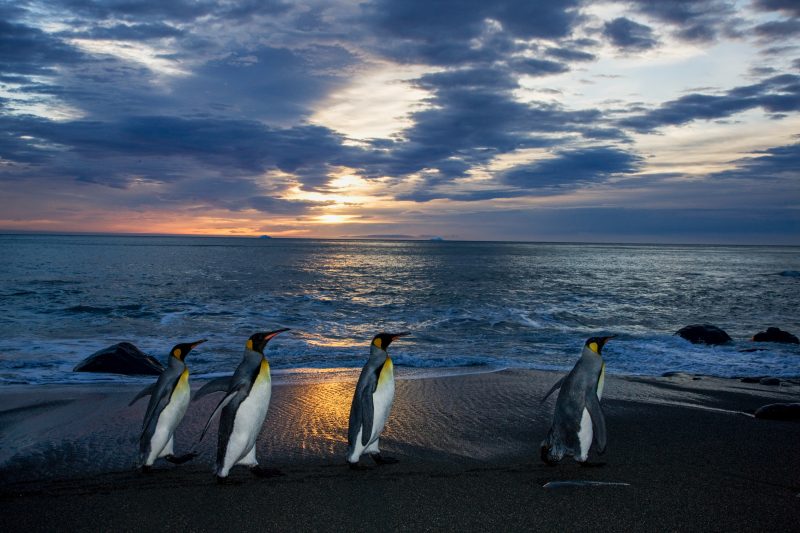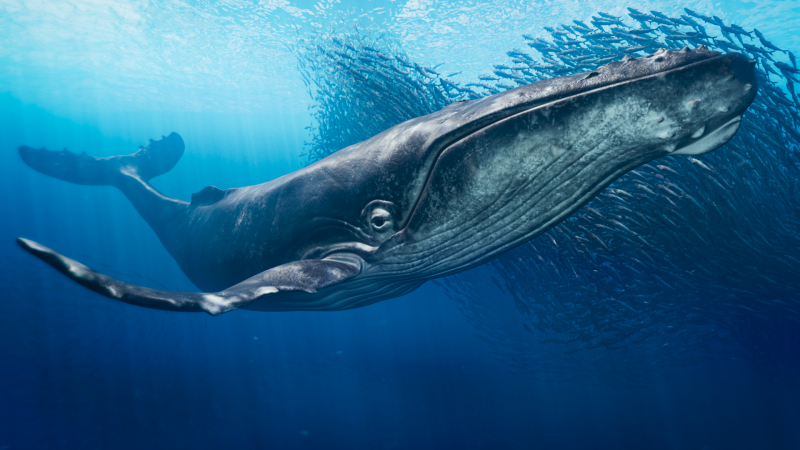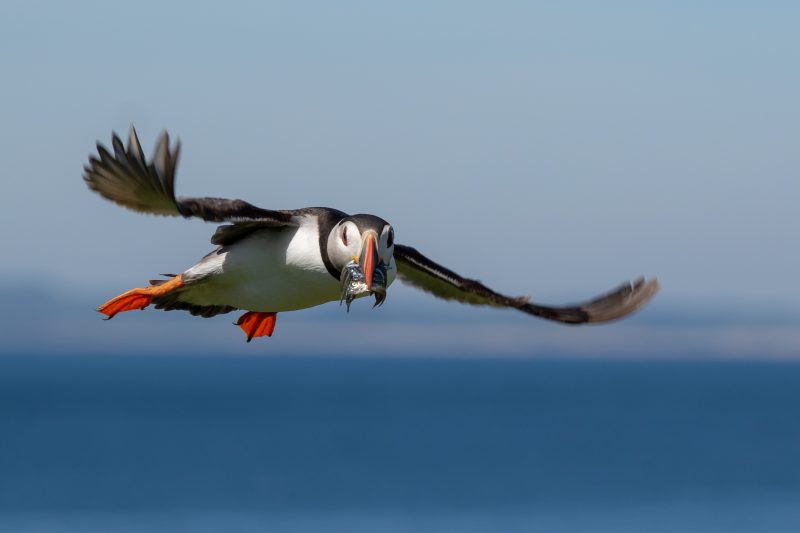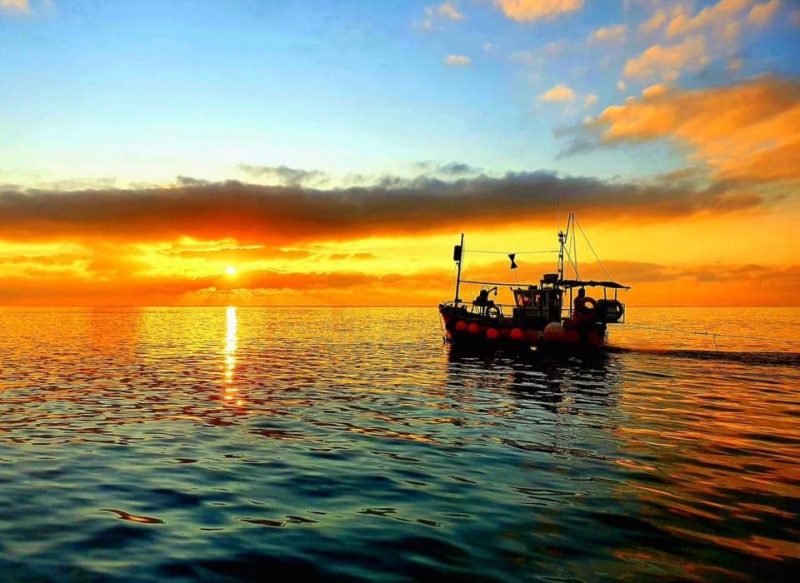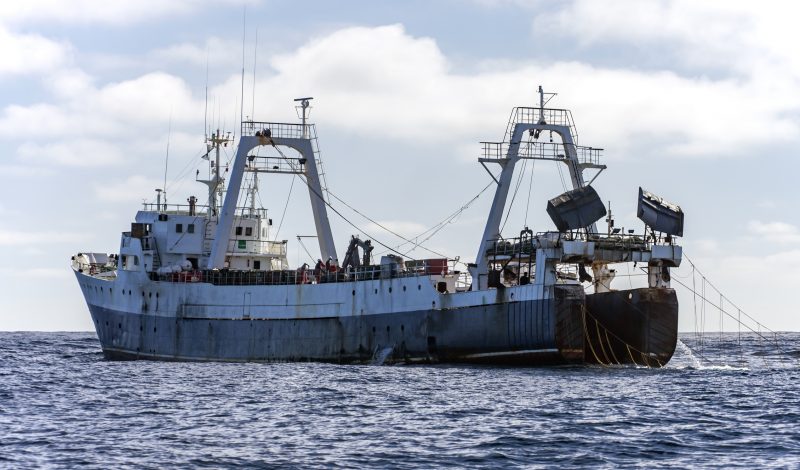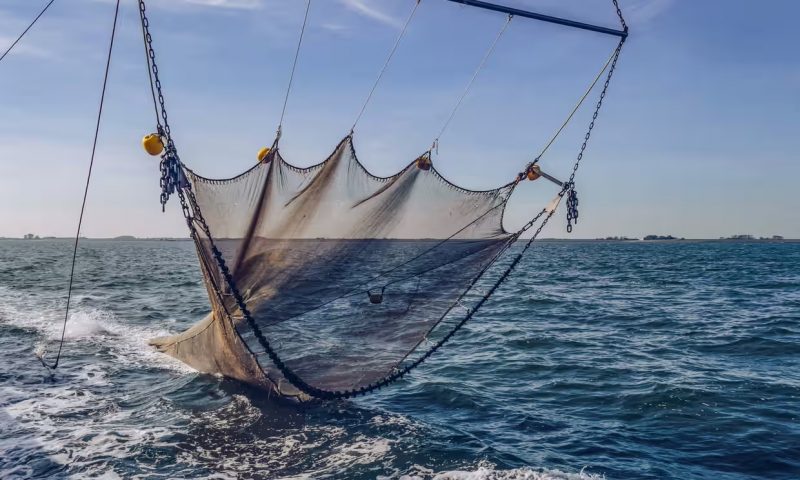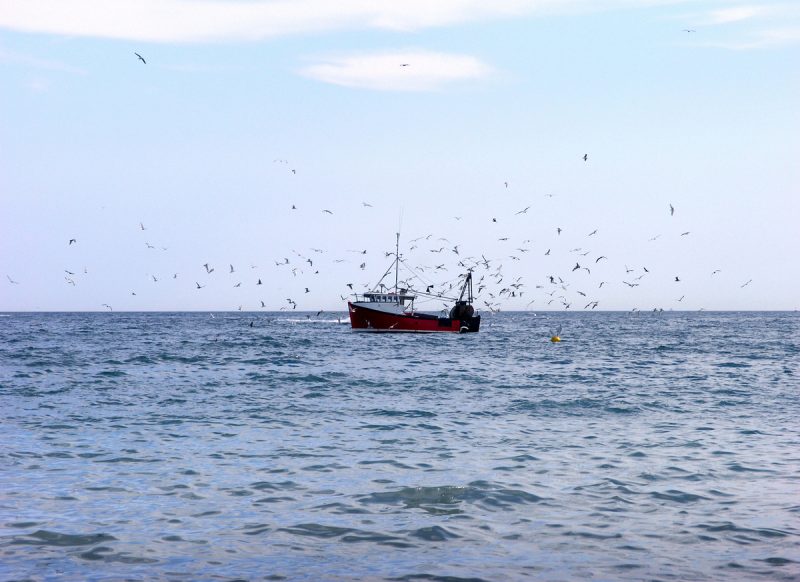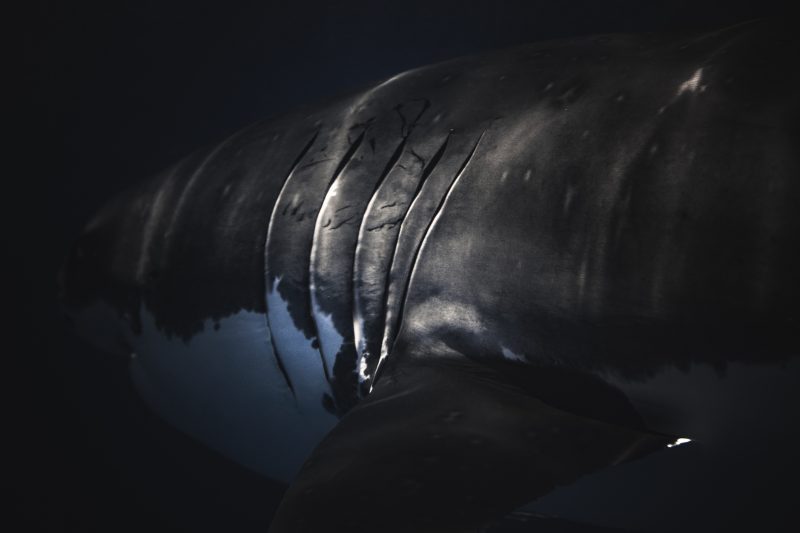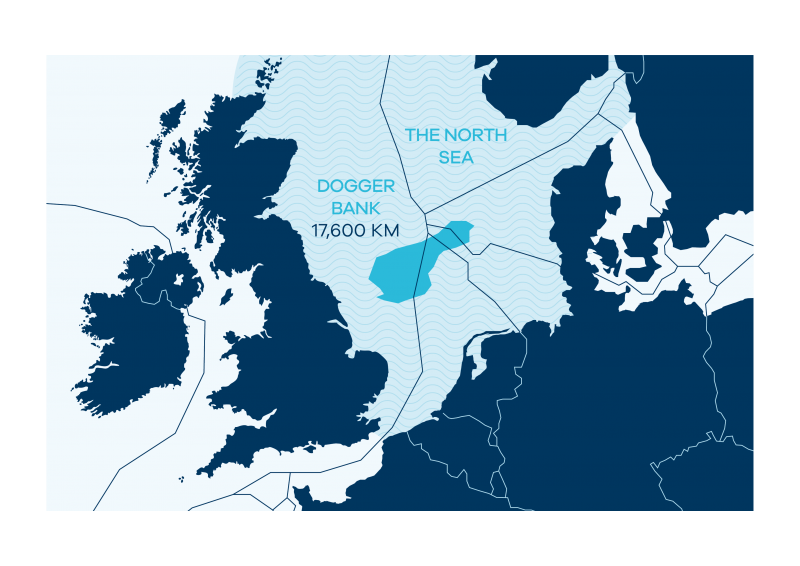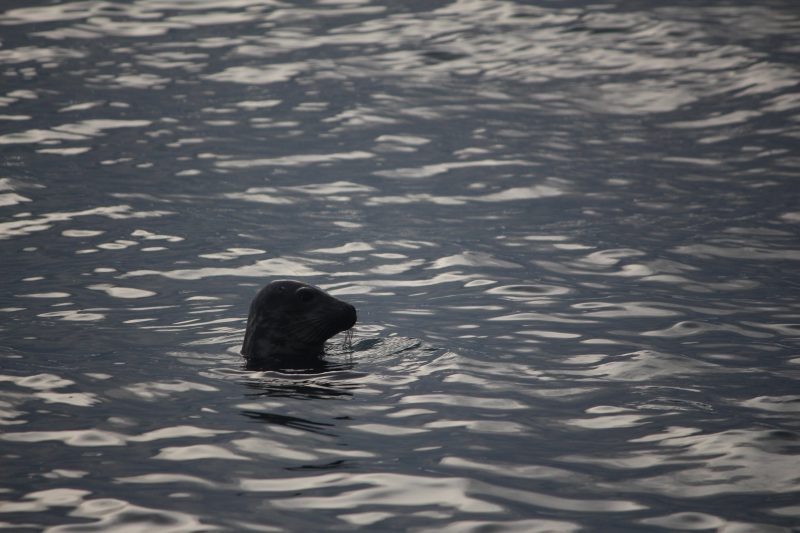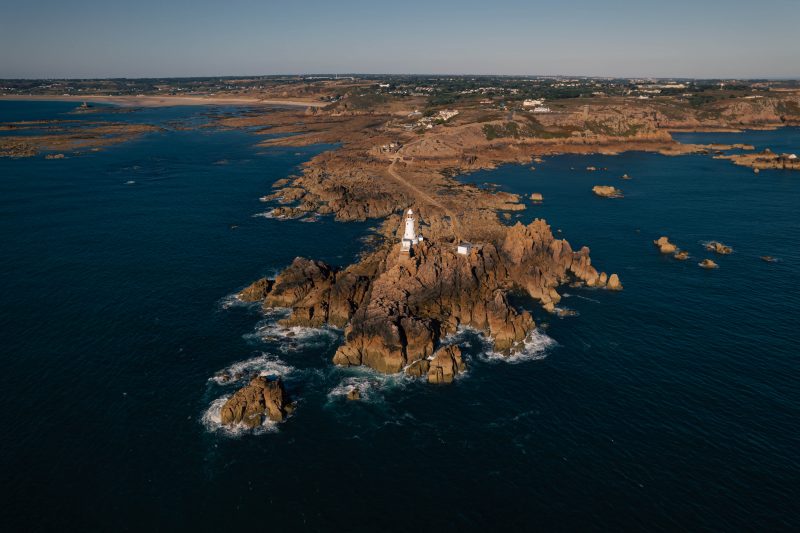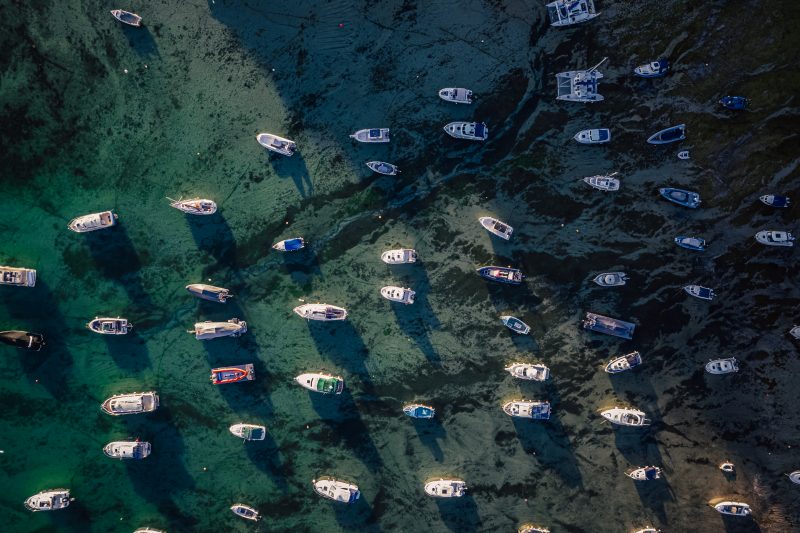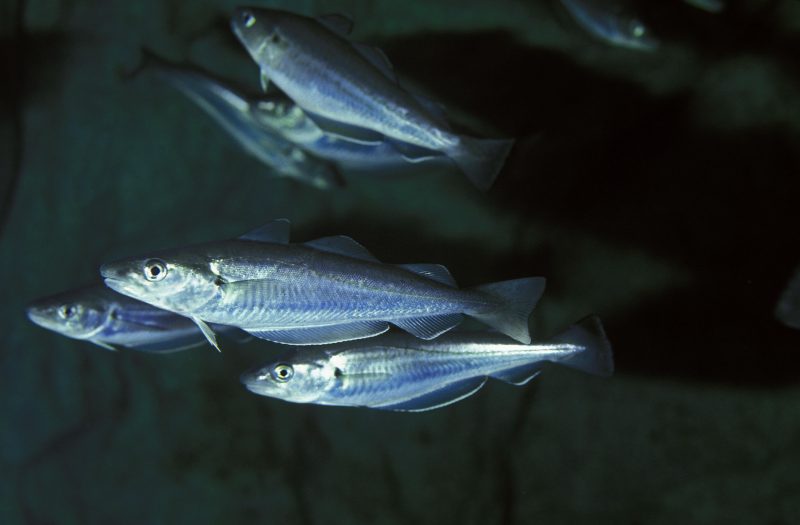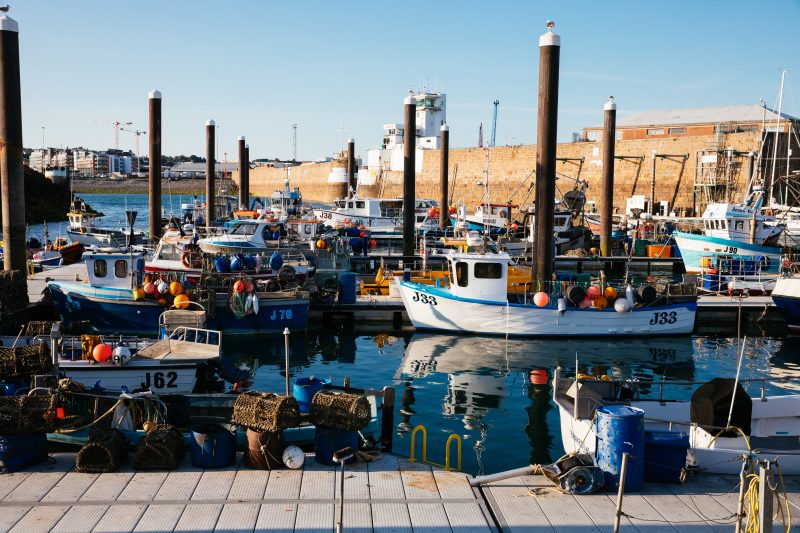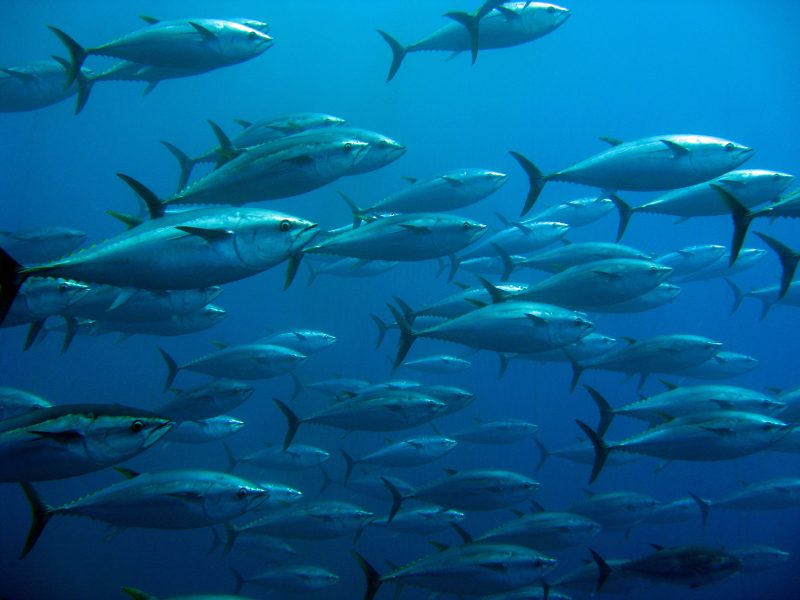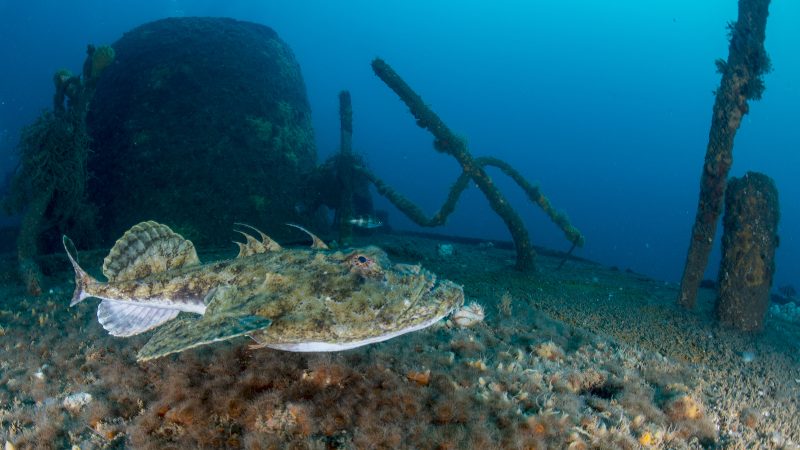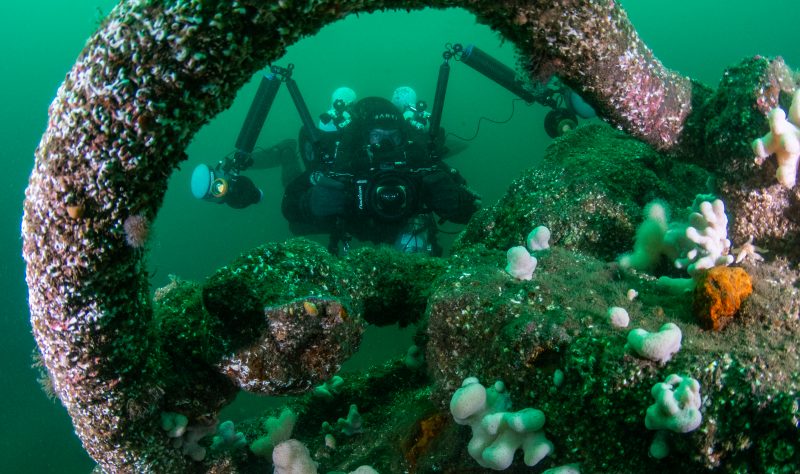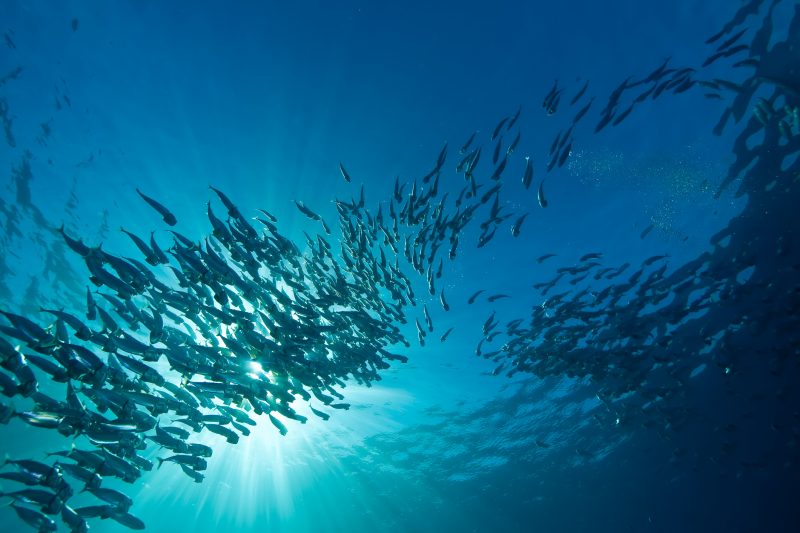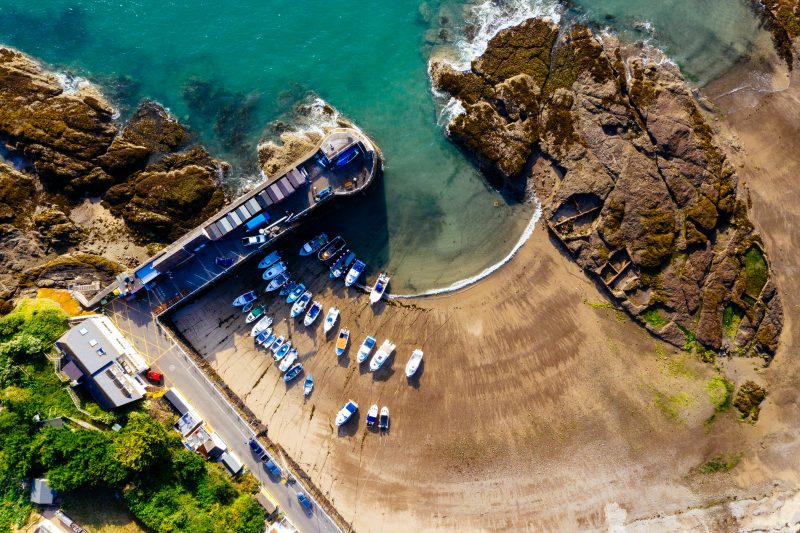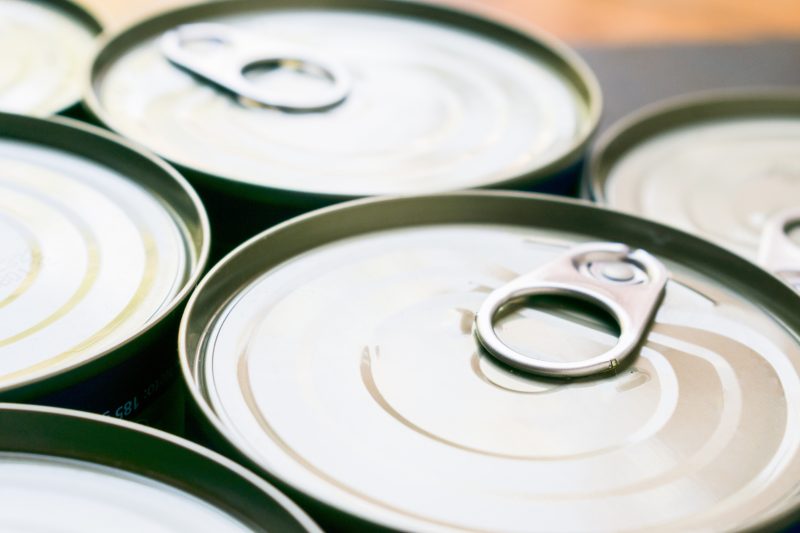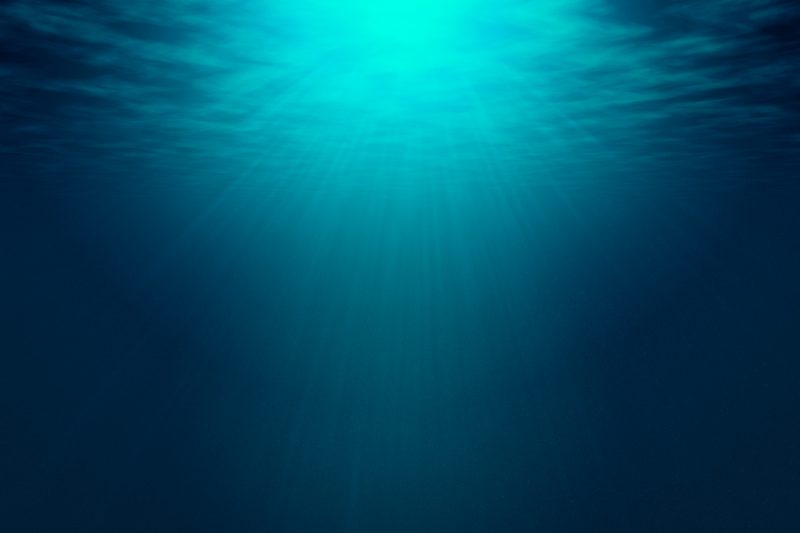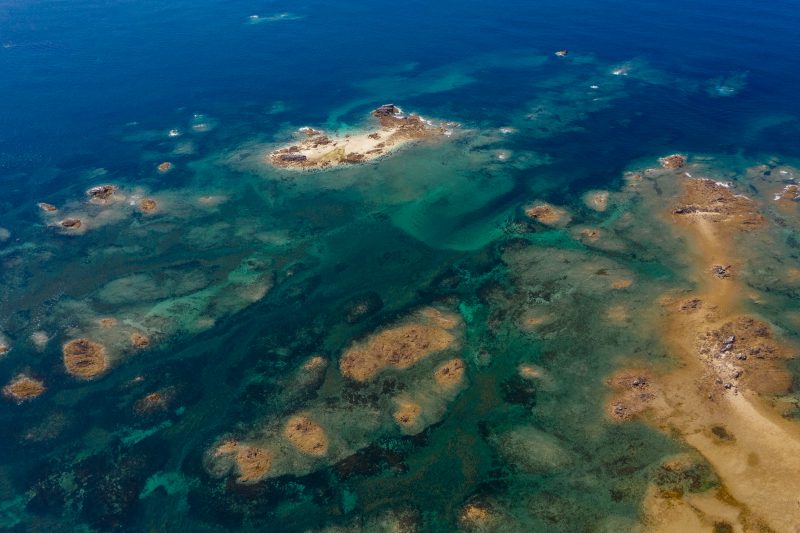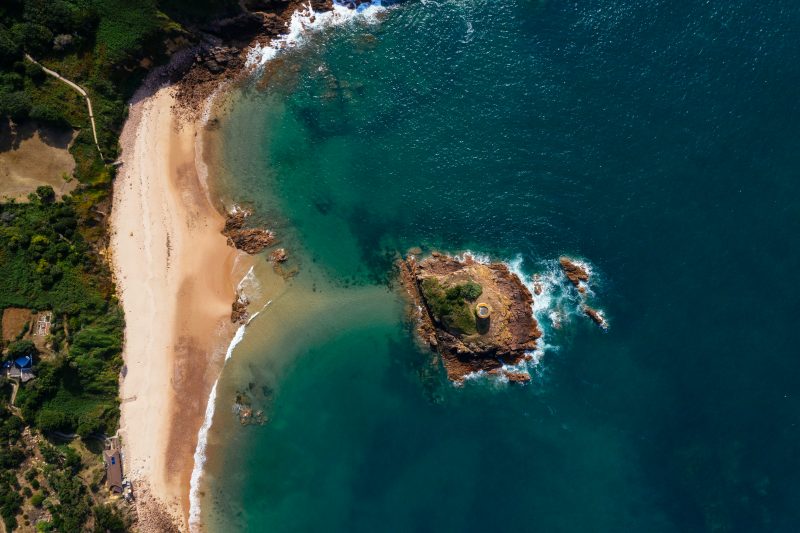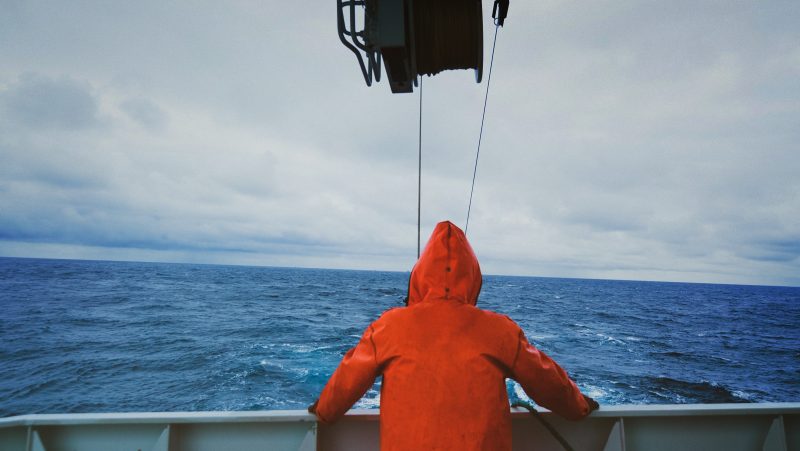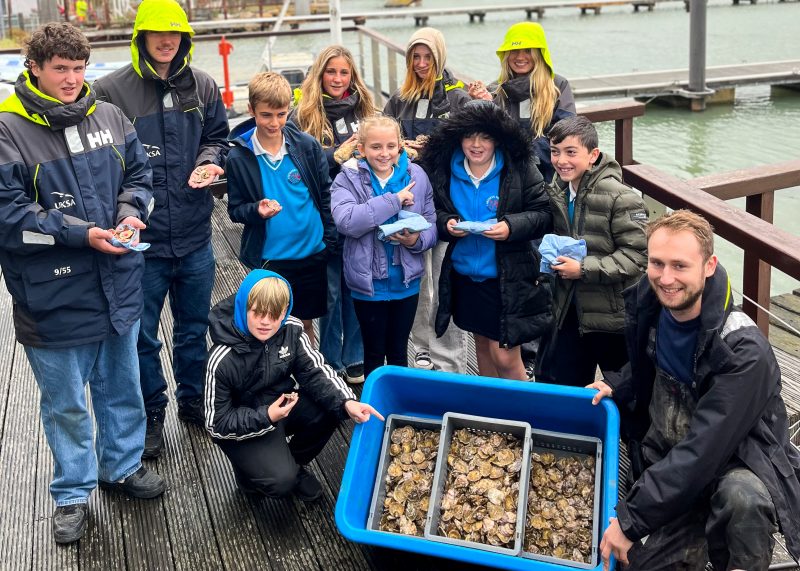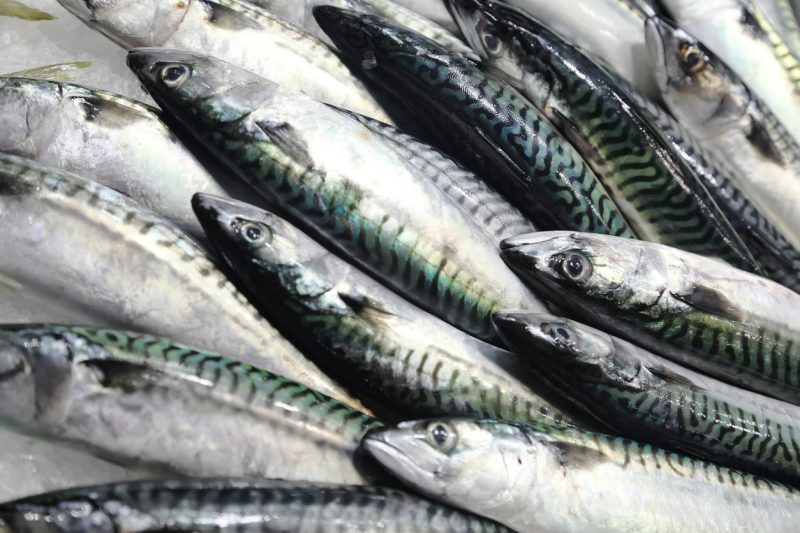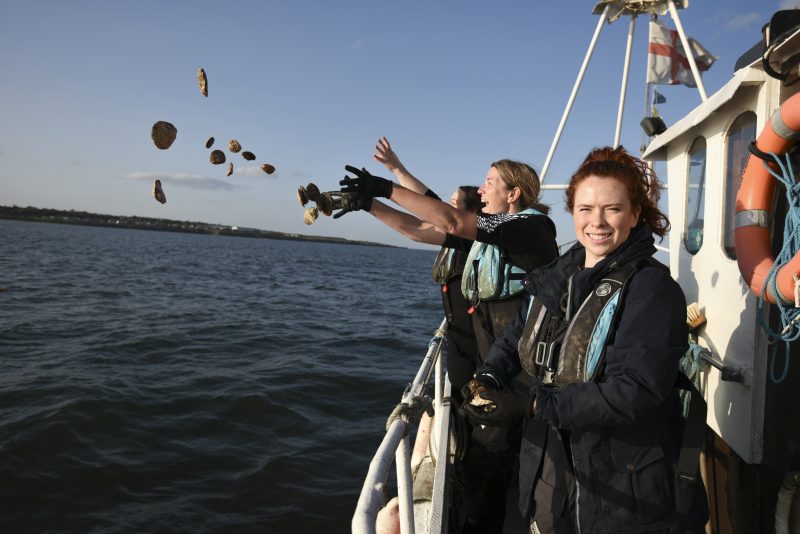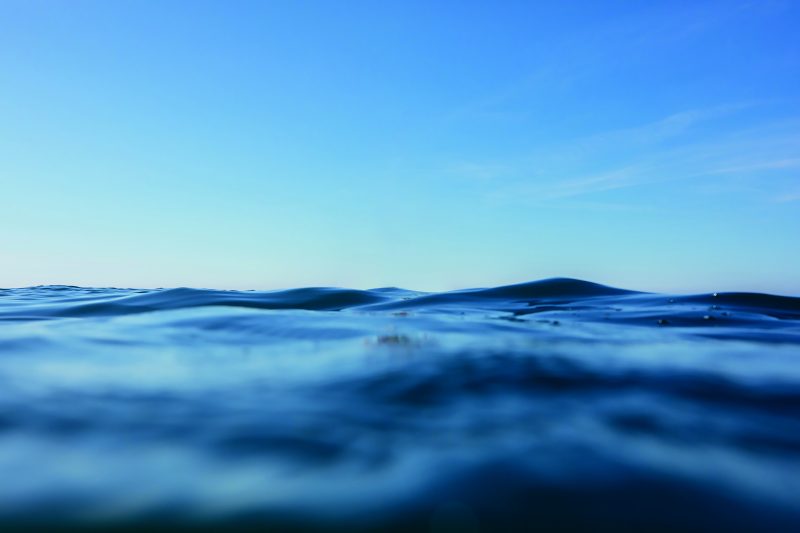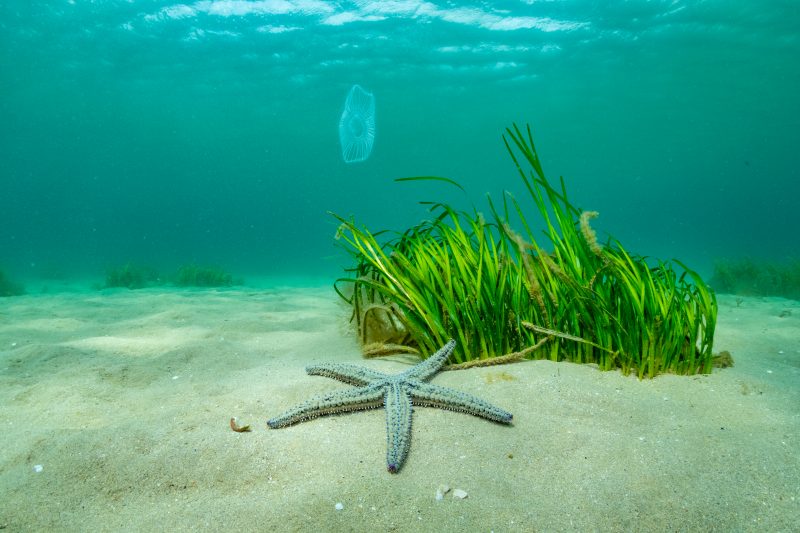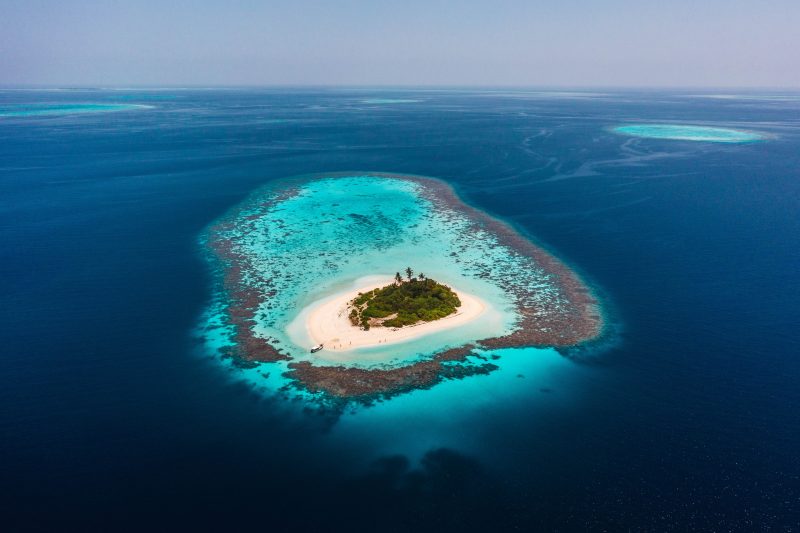Images: © Steven Siegel/Marine Photobank
Plastic and other man-made debris are taking an increasing toll on marine animals, according to the most comprehensive report on rubbish in the oceans for more than a decade.
Right whales, hawksbill turtles, Californian sea lions and the Atlantic puffin are among the marine creatures to become entangled in debris or to have swallowed it.
In total, scientists have recorded more than 44,000 animals of 693 different species having suffered “encounters” with rubbish strewn across the oceans and coastlines of the world and the researchers said fatalities are “well documented for birds, turtles, fish and marine mammals”.
Plastic was by far the most common form of marine debris, recorded in 92 per cent of cases of ingestion or entanglement.
Of the 693 species found to have suffered from man-made debris at least 118 of them – 17 per cent – were on the International Union for the Conservation of Nature’s Red List as threatened or near threatened.
Entanglements were usually caused by plastic ropes and netting which snags animals such as northern right whales, green, loggerhead and hawksbill turtles, and the northern fulmar.
The northern fulmar was also one of the most common victims of ingesting fragments of plastic, with 3,444 cases recorded – and these are believed to be merely the tip of the iceberg. Other animals recorded with plastic in their stomachs included green turtles, Californian sea lions and greater shearwaters.
“The impact of debris on marine life is of particular concern, and effects can be wide reaching, with the consequence of ingestion and entanglement considered to be harmful,” said Sara Gall, of the Plymouth University Marine Institute (PUMI).
“We found that all known species of sea turtle, and more than half of all species of marine mammal and seabird had been affected by marine debris – and that number has risen since the last major study,” she said. “And in nearly 80 per cent of entanglement cases this had resulted in direct harm or death.”
Professor Richard Thompson, also of PUMI and a world authority on debris in the oceans, said: “Encounters with marine debris are of particular concern for species that are recognised to be threatened.”
“With 17 per cent of all species reported in the paper as near threatened, vulnerable, endangered or critically endangered on the IUCN Red List, it is evident that marine debris may be contributing to the potential for species extinction.”
Of particular concern to the researchers, whose paper was published in the journal Marine Pollution Bulletin, was the potential of the increasing number of plastic fragments to carry invasive species from one part of the oceans to another.
They also warned that the records of entanglements and debris ingestion are almost certainly underestimated, especially in regions such as the Arctic and off Africa because of a lack of research.
The findings were reached after an analysis of 340 scientific reports and other research published since the early 1960s.
Charles Clover, chairman of BLUE, said: “The quantity of rubbish in the seas and the problems it causes are shocking – and there’s no easy solution. Nor are protected areas immune from the problem.”
“However, creating marine reserves does provide wildlife with sanctuaries where other problems, such as overfishing, are removed and thus lessens the burdens imposed on marine life by mankind.”
The quantity of plastic entering the marine environment is uncertain but the researchers pointed out that production increased rapidly from 5 million tonnes per year in the 1960s to 280 million tonnes in 2011. Made-made marine debris also includes glass, metal, rubber, fabrics and paper. One study, published earlier this year, concluded that coastal populations are dumping eight million tonnes of plastic in the seas each year, while another published in the autumn estimated there are five trillion pieces of plastic weighing a total of 269,000 tonnes floating in the seas.
In reporting the results of their study the Plymouth team highlighted concerns that for some species of marine animal a “substantial proportion” are affected by rising levels of man-made debris.
“The increased incidence of encounter highlights that marine debris is likely to represent an additional and escalating anthropogenic factor affecting marine habitats and biodiversity,” they wrote.
“There is wide recognition that marine debris does not belong, nor does it need to be in the marine environment.”
“Marine habitats are spoiled with man-made debris, from the poles to the equator and from shorelines, estuaries and the sea surface to the depths of the ocean.”
“It is apparent that a wide range of species are affected by ingestion and entanglement in marine debris and that the frequency of encounters has increased over time.”
“The incidence of marine debris and its potential to cause harm has resulted in it being recognised as a global problem and its listing among the major perceived threats to marine biodiversity.”
The Blue Marine Foundation has been working with PUMI for the last three years in its Lyme Bay project where it has worked with fishermen and conservationists in protecting “England’s coral garden”.

